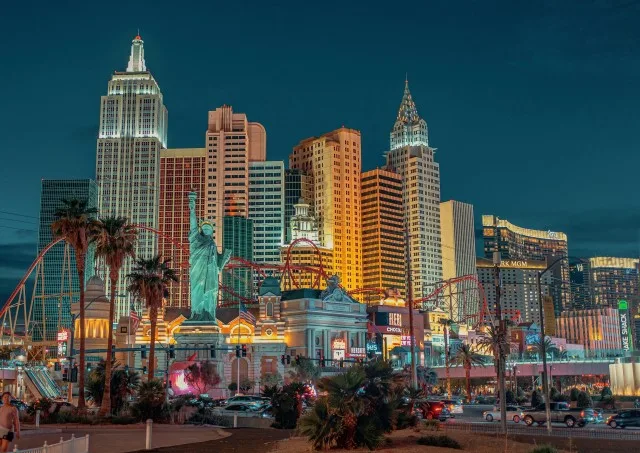The hospitality industry encompasses businesses that serve both short-term and long-term customers. It’s a vast sector regulated by strict guidelines, including emergency power requirements set by the NFPA (National Fire Protection Association). This blog breaks down the divisions of the hospitality industry and highlights the crucial role of emergency generators.
Divisions of the Hospitality Industry
According to SELECTUSA.gov, the hospitality industry generated $1.6 trillion in economic output in 2017. It can be divided into the following categories:

- Food & Beverage
One of the largest divisions, covering businesses that prepare and serve meals, snacks, and beverages (both alcoholic and non-alcoholic). - Travel
Airports, train stations, and bus terminals facilitate long-distance travel, catering to both business and leisure travelers. - Lodging
Hotels and motels dominate this division, alongside rental cabins, cottages, and lodges offered at some properties. - Recreation
Casinos, theaters, zoos, museums, and sports arenas fall under this category, offering diverse entertainment options. - Resorts
Combining elements of all the above, resorts provide all-inclusive experiences, including amusement parks, ski resorts, golf courses, spas, and luxury accommodations.
Each division operates under strict state and federal regulations to ensure safety and quality. While most processes are visible to guests, one critical system often goes unnoticed: emergency power.
Emergency Power in Hospitality
Emergency standby generators are designed to be invisible to guests—working seamlessly in the background to maintain safety and operations during a power outage. When utility power fails, these systems power circuits critical to guest safety, such as:
- Elevators
- Emergency lighting
- Fire alarm and suppression systems
Large resorts often install backup systems capable of running the entire property or selected areas, depending on their size and complexity. However, even the best systems require routine maintenance and testing to remain reliable.
Maintenance, Testing & Repair
The NFPA is a global nonprofit organization that develops standards to reduce fire and electrical hazards. NFPA 110: Standard for Emergency and Standby Power Systems Handbook outlines guidelines for maintaining and testing generators, ensuring they function when needed most.
Regular maintenance includes:
- Monthly load testing
- Fuel filtration
- Battery inspections
- Transfer switch checks
Skipping these steps can lead to costly failures, leaving guests stranded in dark elevators or worse. For properties that change ownership, it’s common to discover neglected generators during an outage—a mistake that can result in safety risks and reputation damage.
How Generator Source Can Help
With over 40 years of experience, Generator Source provides:

- Troubleshooting and repair services
- Customized maintenance contracts
- Generator deinstallation and installation
- Decommissioning services
Whether you need a one-time service or ongoing support, our team ensures your generators are ready when you need them most.
Why Hotels Need Backup Power
Hotels rely on emergency power to:
- Ensure guest safety and comfort
- Maintain critical operations
- Minimize revenue loss during outages
Key Areas to Power During Outages
Priority systems include:
- Elevators and emergency lighting
- Fire alarms and security systems
- Refrigeration and limited guest amenities
NFPA Standards & Testing Requirements
NFPA 110 recommends regular testing and maintenance to identify issues early. Hotels typically perform weekly no-load tests and monthly load tests.
Ready to Strengthen Your Emergency Power Plan?
Contact Generator Source to schedule a service or learn more about our generator solutions for the hospitality industry.